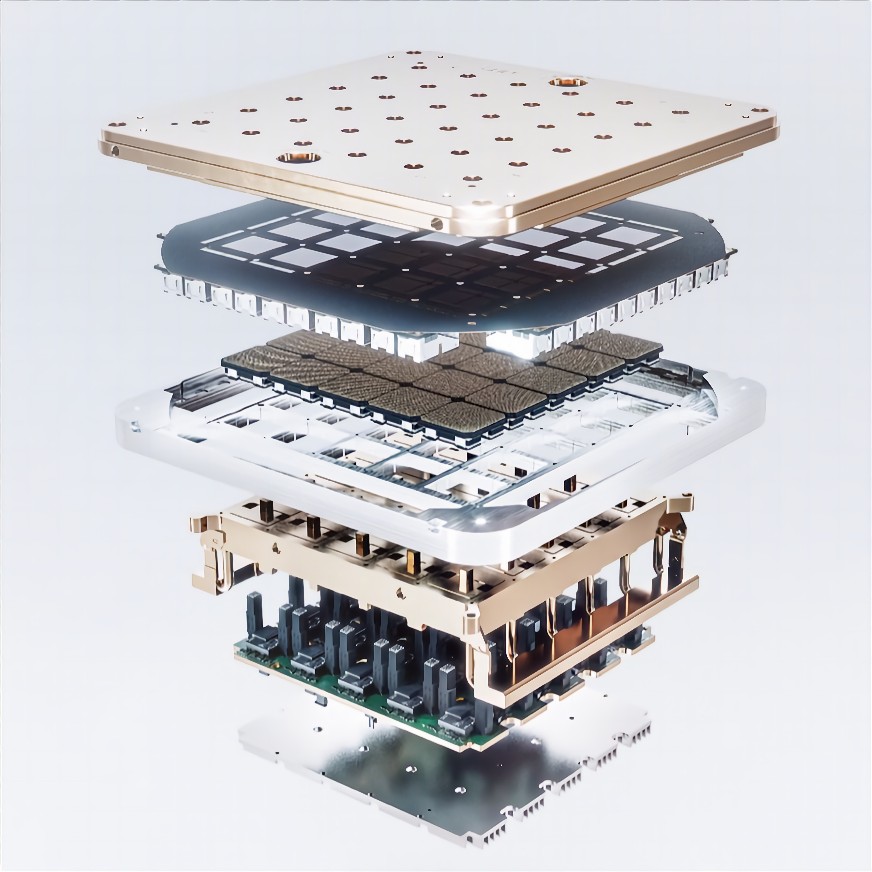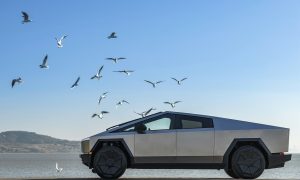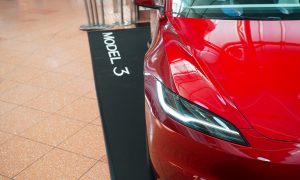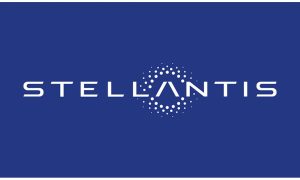Much excitement surrounding Tesla’s Dojo supercomputing cluster has been swirling in recent months since the system went online, and the automaker already expects it to be one of the world’s most powerful supercomputers by early next year. But one reporter recently noted that Dojo could someday have additional uses beyond processing vast amounts of data for Tesla’s Full Self-Driving (FSD) system and humanoid robot.
Dojo can process millions of terabytes of video data per second from the company’s vehicles, training its neural network at an incredible rate. The company has said that the video foundation models input to Dojo would effectively serve as the brain of its vehicles and its Optimus robot.
In a recent video segment about how Dojo is expected to revolutionize self-driving, however, Yahoo Finance reporter Pras Subramanian also talked about the supercomputing cluster’s potential applications beyond FSD and Optimus.
The short discussion, hosted by Seana Smith, details how the Dojo system will use Tesla’s AI model to train FSD. However, Subramanian also says the supercomputer could someday be used for vessels other than cars, including motorcycles, bicycles and boats. The conversation also touched on how Dojo works, the complexity of training AI to handle roads and Ford and Volkswagen’s decision to end Argo AI operations, among other topics.
You can watch a short clip from the video segment below or see the full conversation here.
As for cars, Musk has previously talked about the potential of using Dojo to perform traffic control simply with the system’s inputs for things like accidents, potholes, road closures or other data that would be useful for a Tesla to access in real-time. Musk said in June that Dojo had been “online and running useful tasks for a few months,” helping out with production workloads and spurring on the current round of excitement surrounding the computing cluster.
In June, Tesla posted about Dojo on X, detailing how its neural networks were already being accessed in its cars and adding that the company is “building the foundation models for autonomous robots.” Below is an excerpt from the thread:
“Our multi-modal neural networks are already in customer vehicles—these networks take in arbitrary modalities such as camera videos, maps, navigation, IMU (Inertial Measurement Unit), GPS etc.
Tasks such as Occupancy prediction are already quite general in what they represent—in some ways, they are ontology-free & simply predict the probability that some 3D position is occupied.
Such occupancy can be used for collision avoidance by any robot.
All of this is enabled by fleet scale auto-labelling. By using video data from multiple trips in the same location, we can reconstruct the entire scene
In addition, we’re building off state-of-the-art generative modeling techniques—enabling us to predict possible outcomes given past observations, in a jointly consistent manner across multiple camera views”
These imagined futures can be action-conditioned to produce different outcomes.
For example, the videos below are generated entirely by the neural network by simply using different prompts pic.twitter.com/ZuJEYcLuZK
— Tesla AI (@Tesla_AI) June 21, 2023
In 2021, Musk said that Dojo could likely someday reduce traffic fatalities by 90 percent and eventually it may be able to reduce them by more than 99 percent.
Last month, a report showed that Tesla had doubled its order of D1 Dojo chips for next year from Taiwan Semiconductor Manufacturing Company (TSMC), now totaling 10,000 units. According to the report, the company also plans to increase its order in 2025. Morgan Stanley also said last month that Dojo could add $500 billion to Tesla’s enterprise value.
Tesla Dojo trade secrets lawsuit officially settles out of court
What are your thoughts? Let me know at zach@teslarati.com, find me on X at @zacharyvisconti, or send your tips to us at tips@teslarati.com.











